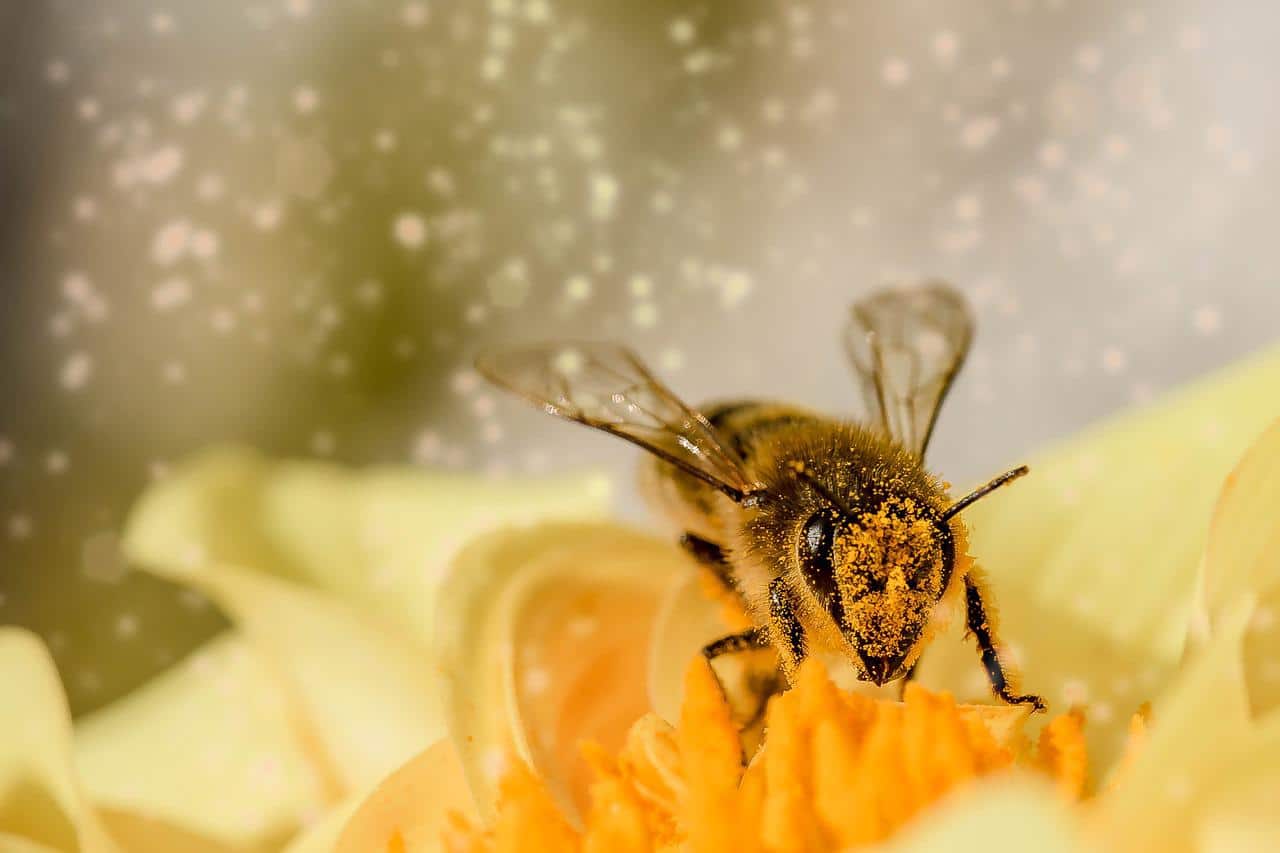
Due to our nature, it is easy for us to imagine how animals reproduce, since their fertilization process is usually similar to ours. However, it takes a little longer to find those similarities with the plant world. How do they do that? What is the fertilization of plants?
The objective of this article is to explain what plant fertilization is. For this we will talk about the two large groups that exist: Angiosperms and gymnosperms. So do not hesitate to continue reading if you are interested in the subject and want to know more about the fertilization of plants.
The fertilization of plants
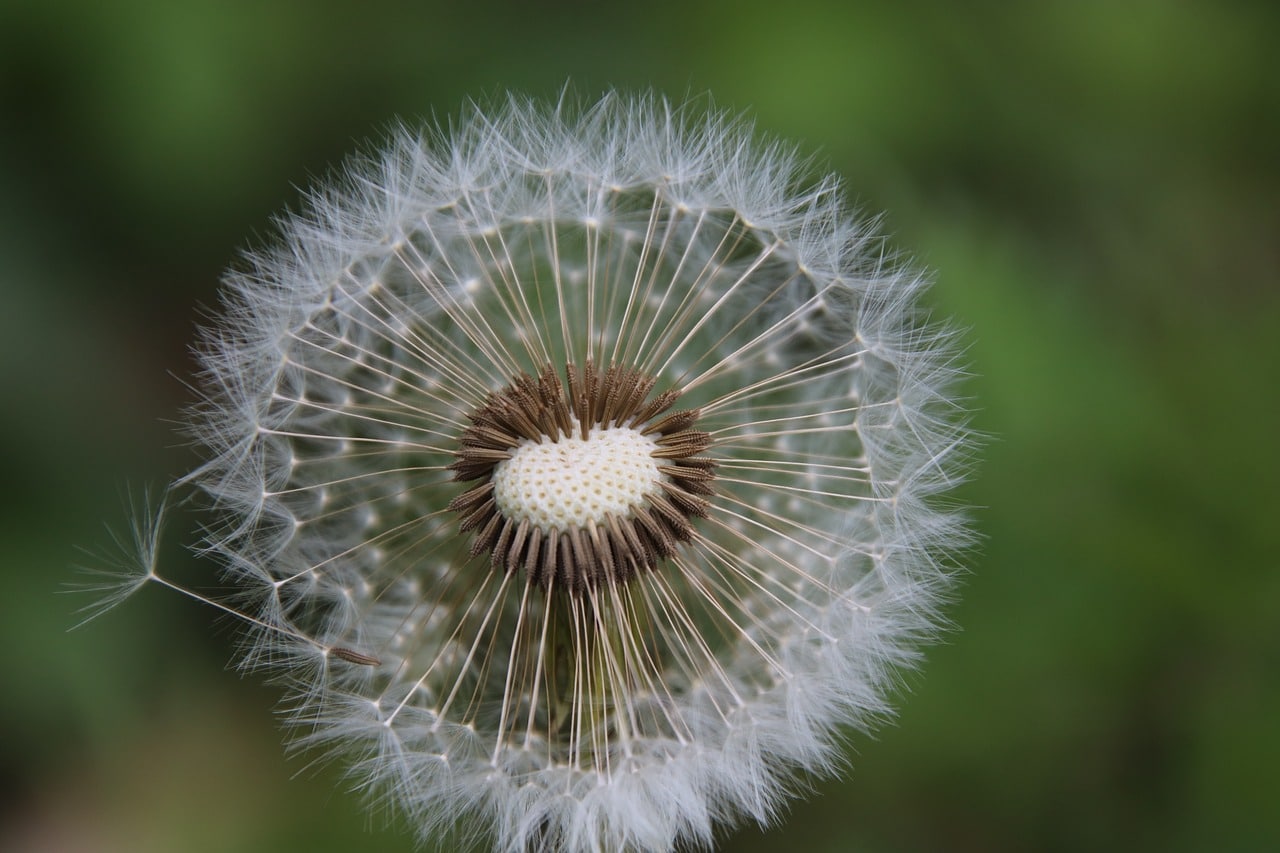
Before explaining the fertilization of plants, we are first going to comment on what the concept of fertilization is. It is the process by which Two gametes, male and female, fuse during reproduction. In this way, a zygote is created that contains a genome, a product of the parents.
In the plant world, Pollination takes place first. The male reproductive leaves generate pollen grains that are carried by insects or by the wind to the stigmas. That's where they germinate. When we talk about plants, we do not usually refer to gametes, but to spores. Each pollen grain usually contains two male reproductive cells, or gametes. However, there are different methods used by plants, since not all species are the same, in fact they differ quite a bit when it comes to reproduction.
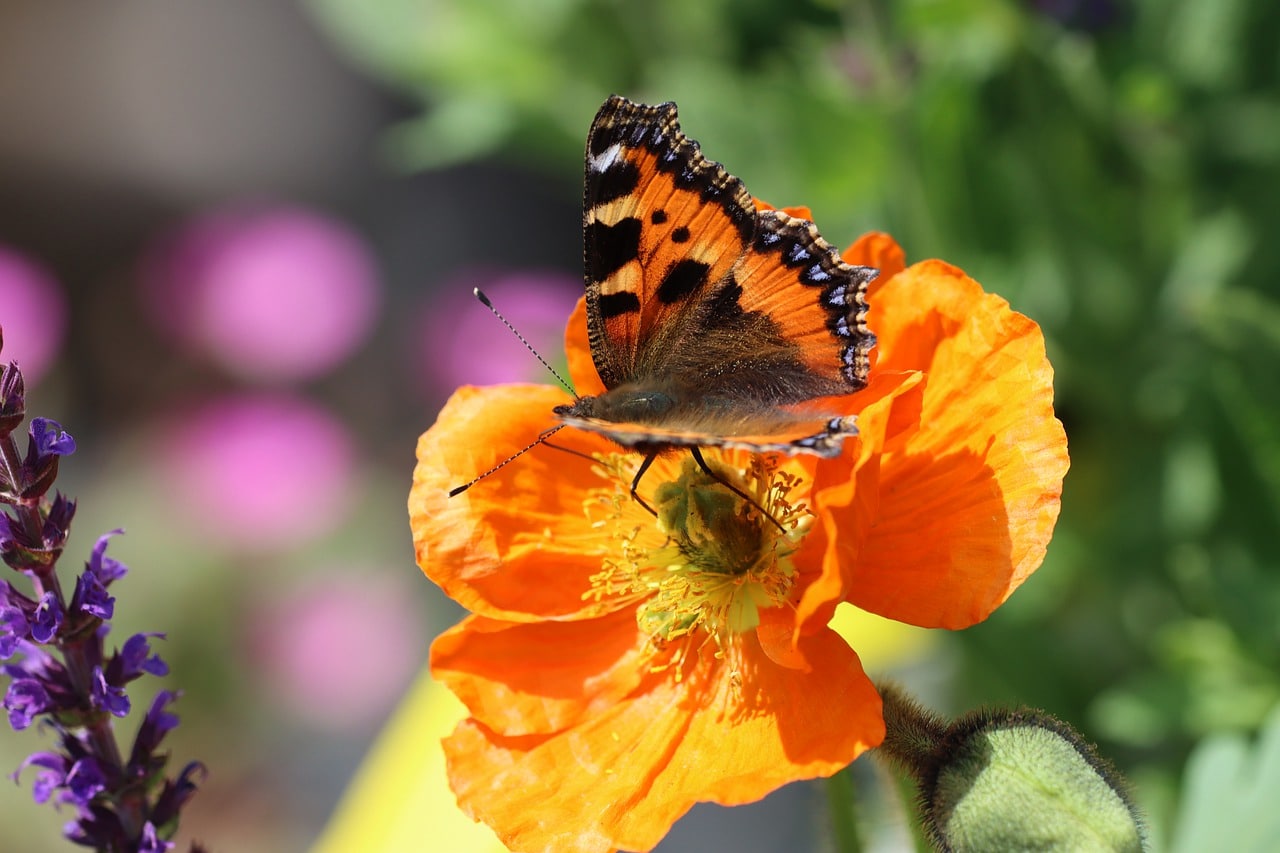
As you well know, plants can be differentiated in many ways. There are a large number of groups, classes and types of vegetables and each species belongs to several. However, there are two large groups that differ in the way they reproduce. So that, There are vegetables with flowers and those without flowers. The former are known as angiosperms and are the most abundant plants on this planet. In addition, of these two types of vegetables are the most recent. On the other hand, plants without flowers are part of the group of gymnosperms. These were the first to appear on Earth, even before the dinosaurs.
Among the angiosperms are various plants such as shrubs, trees, azaleas, dimorphothecae, etc. Regarding the gymnosperms, these are composed mainly of the conifers. Some examples for this group would be cedars, yews, pines. Cycads also belong to gymnosperm plants. But don't worry, we will talk more in detail about both types of plants, their structures and how fertilization takes place.
Gymnosperms
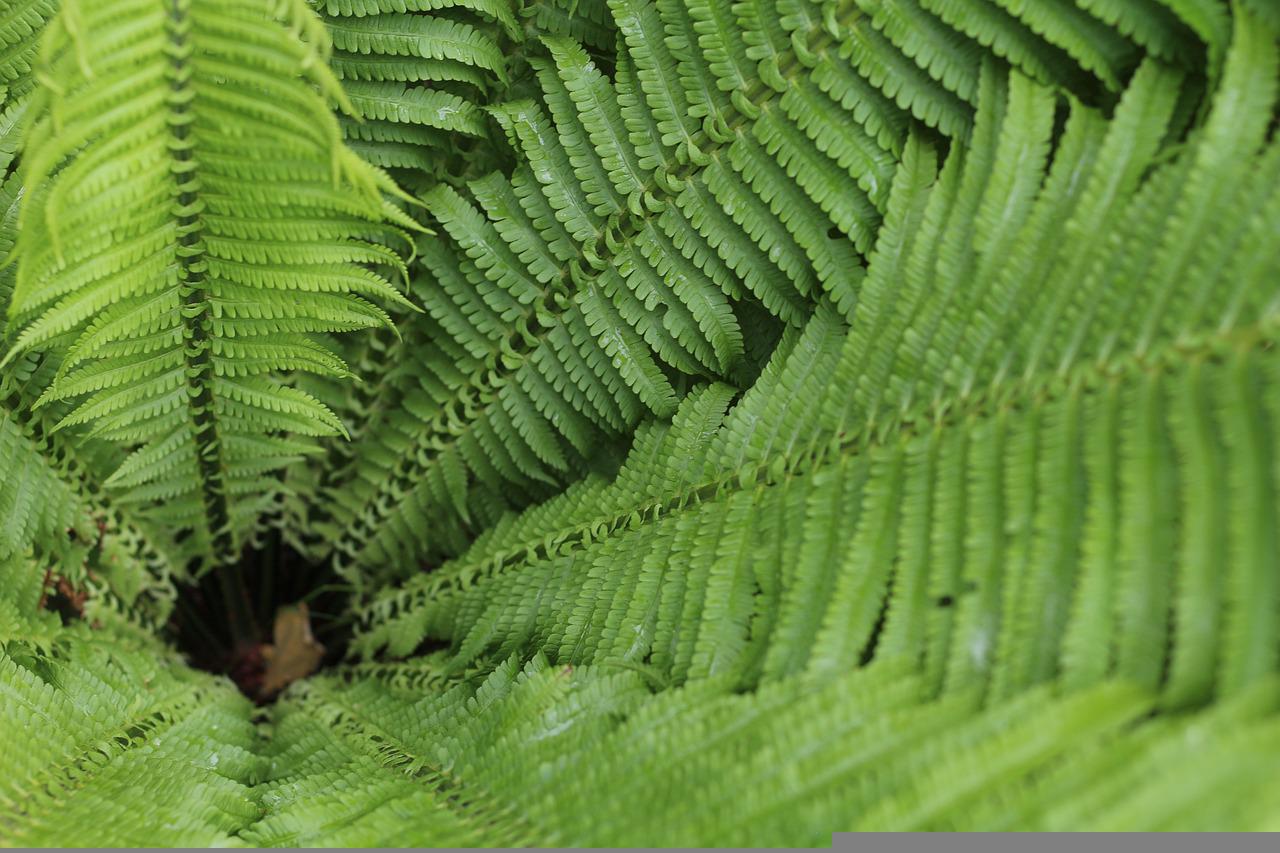
Let's start with gymnosperms. Although it is true that these plants are known for not having flowers, they do, but not the typical ones that we imagine. Its flowers do not have sepals or petals, but the female ones form a type of woody and greenish cone that ends up becoming false fruits, like pine cones.
Plants belonging to this group have both male and female flowers. The latter has a scale, two ovules and a bract that form the female cone by grouping just around a floral axis. Each ovule contains an embryo sac with two archegonia inside it. which, in turn, have two female gametes or oospheres each. Let's clarify these concepts:
- Archegonia: It is the female reproductive organ. mushrooms, seaweed y bryophytes, such as mosses and some vascular plants such as ferns. It is complemented by the male organ called the antheridium.
- Oospheres: It is the female gamete of plants. They come from the so-called megaspore through a process called megagametogenesis. At a basic level we can say that this consists of the mitotic divisions. During double fertilization, the oospheres fuse with the generative nuclei from the pollen grain and thus give rise to the embryo.
As for the male flowers, these form male cones around a floral axis. They have a scale and also two microsporangia or pollen sacs in which they end up forming the mother cells that in turn give rise to the famous pollen grains. Inside them there are a total of two male gametes, also called antherozoids. They also contain two air sacs that aid dispersal until they reach the female flower. In this case I think it will also be good to explain some concepts:
- Microsporangia: They are structures that produce and also contain spores. These are basically microscopic bodies whose purpose is to disperse and survive for a long time.
- Antherozoids: It is basically the male gamete, which would be equivalent to our sperm.
Fertilization of gymnosperm plants
Knowing a little about the structures of the male and female flowers of gymnosperms, we are now going to comment on how this fertilization works. It should be noted that the pollen grain can take up to a year to germinate, once the female flower has been reached. When this happens, the pollen tube opens very slowly through the so-called nucellus of the ovule. When it reaches the female gametophyte, its next task is to traverse the neck of the archegonium and then enter the oosphere. where you download all your content. It is at this time that the fertilization of gymnosperm plants takes place.

During this process, one of the gametes ends up uniting with the nucleus of that oosphere in which it takes place. As a result, the zygote is formed, which is a cell from which the embryo is formed and develops. Regarding the vegetative nucleus, the other cells of the archegonium and the other male gamete, all degenerate. Meanwhile, the endosperm, made up of reserve cells, surrounds the embryo, which is protected by the integument of the ovule, which in turn becomes lignified. The embryo is considered to be fully mature when the seeds are released. This process can easily take two years from the moment the flowers appear.
In the case of seeds from pines, the seed coat is diploid and is produced by the maternal sporophyte. Regarding the primary endosperm or reserve tissue, this is haploid since it is part of the female gametophyte. After fertilization, a diploid embryo is formed, which is the new sporophyte.
Angiosperms
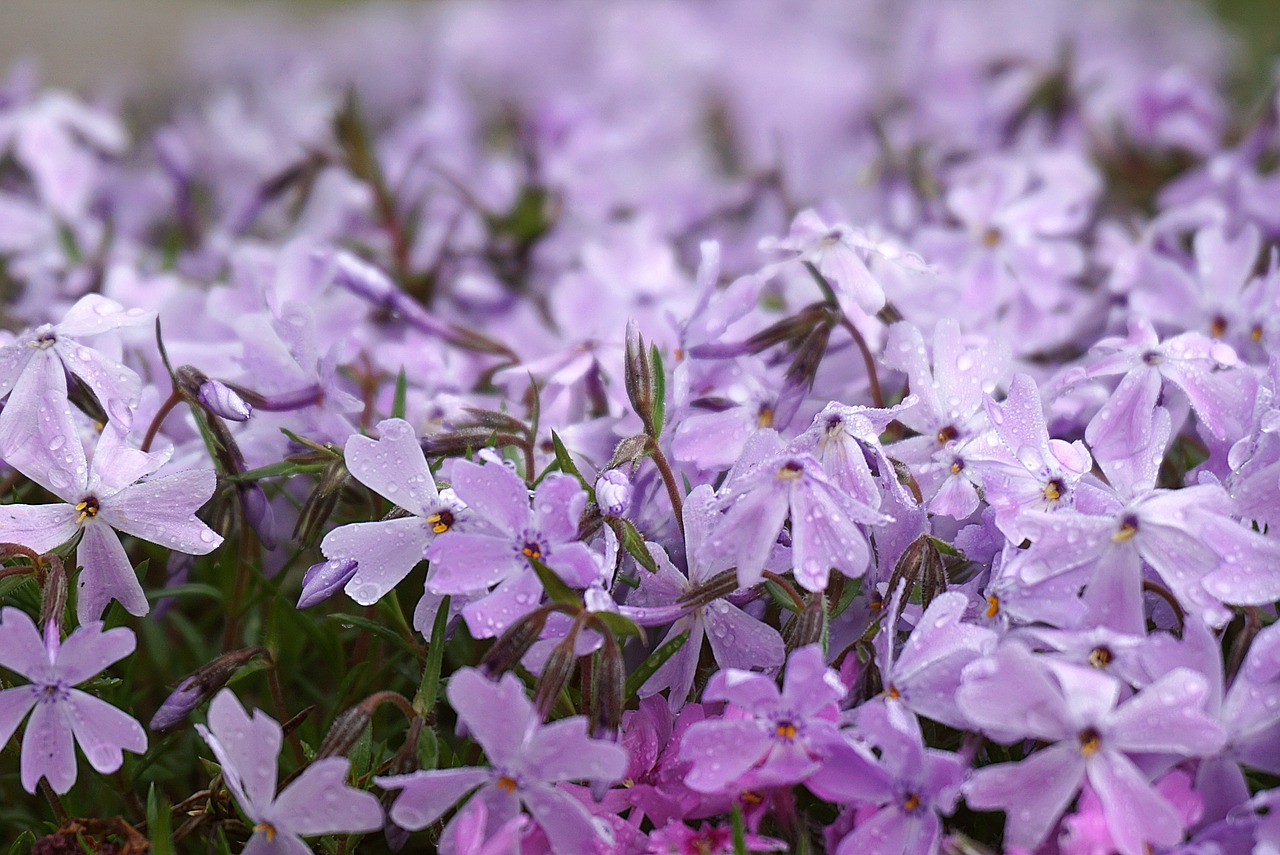
We already know what gymnosperms are and how they work, but what about angiosperms? Before explaining the fertilization of these plants, First we must clarify some concepts To better understand the process:
- Carpels: These are modified leaves that, in their entirety, form the female reproductive part of the flower of angiosperm plants. The set of all the carpels of a flower is called a gynoecium.
- Stigma: It is that part of the gynoecium that receives the pollen when pollination takes place.
- Micropyle: Also known as a micropyle, it is a hole or an opening found in the apical part of the seminal rudiments or ovules.
- Synergists: They are cells with a nucleus that is found at the end of the embryo sac of angiosperm plants. Each embryo sac has two of them. The two synergids together form the filiform apparatus or filar apparatus. It should be noted that they help the oosphere during the fertilization process.
- polar nuclei: These nuclei are cells found inside the embryo sac, female gametophyte or ovary. They intervene in the fertilization of vegetables.
It should be said that each embryo sac has different types of cells, of which the fertile ones are the polar nuclei and the ovule. However, the sterile ones, which would be the antipodal and the synergistic ones, also collaborate during the fertilization process.
fertilization of angiosperm plants
To finish with the subject of fertilization in plants, we are going to talk about the functioning of angiosperms. Once the pollination of the carpel has taken place, the sugary liquid, composed mainly of sucrose and generated by the mature stigma, stimulates the germination of the pollen grain. From each of these grains a pollen tube emerges whose objective is to create a path through the style until it reaches the female gametophyte or embryo sac of angiosperm plants. This embryo sac is located inside the ovule.
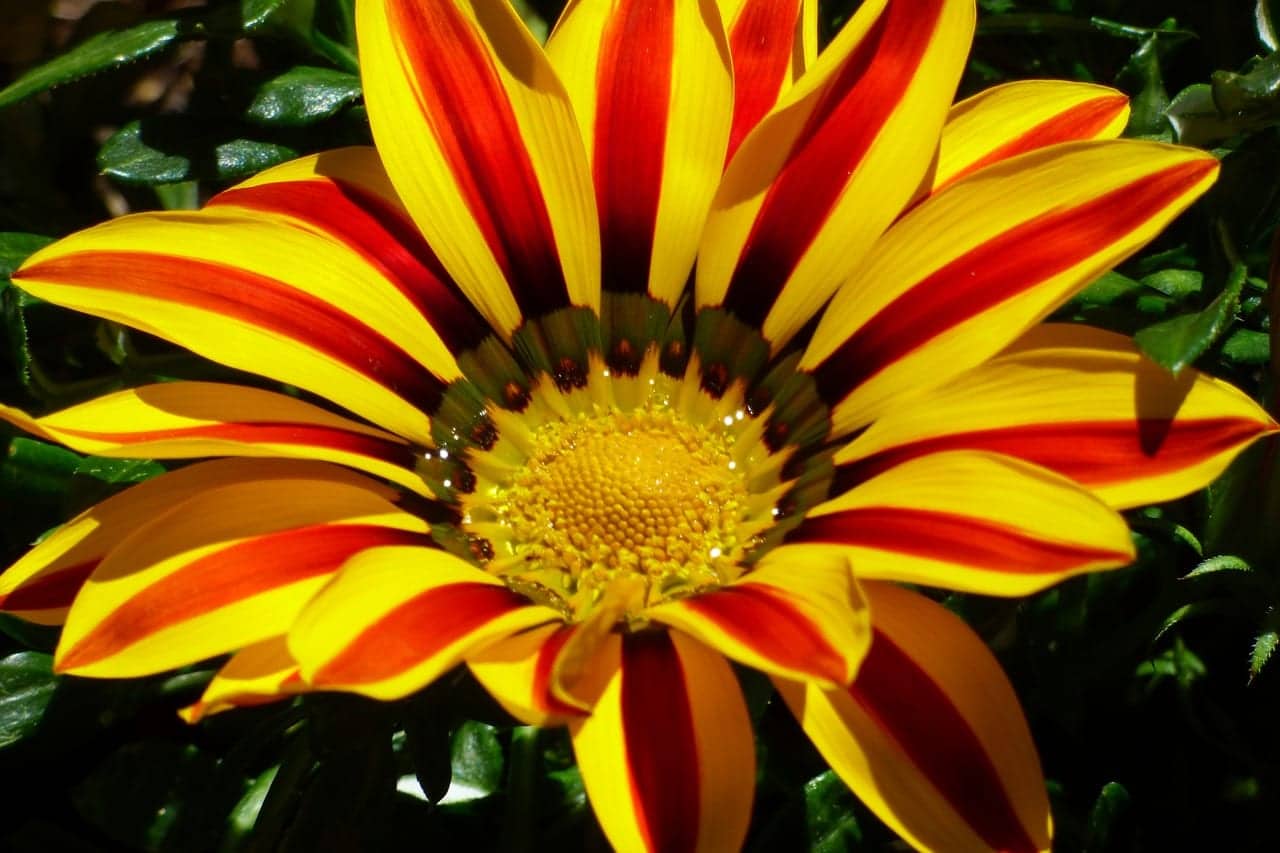
The male gametes or generative nuclei travel through the pollen tube until they reach the micropyle. The pollen tube passes through this structure and discharges all its contents into the embryo sac, near one of the two synergids. After this process, the generative nuclei fuse with both the oosphere and the polar nuclei, which is why it is called "double fertilization."
There are many pollen grains that usually reach the stigma and, consequently, germinate. Nevertheless, only one of them will produce fertilization. Once the ovary has been fertilized, it begins to grow into a fruit. In those fruits that have several seeds, there are also several grains of pollen necessary for them to fuse with each of the ovules.
It's funny how nature has arranged everything so that different types of vegetables can reproduce, right? Without a doubt, this land is full of amazing creation and breeding abilities.